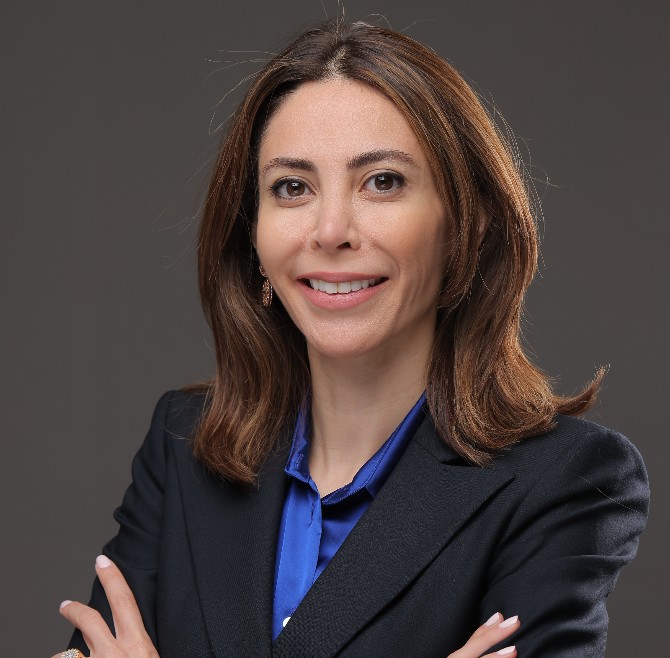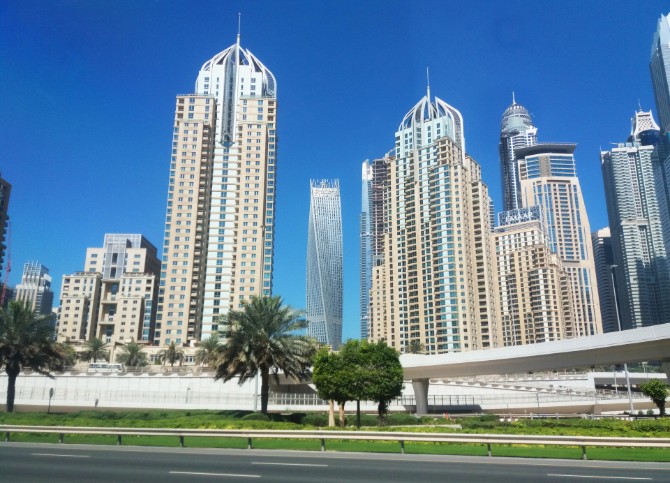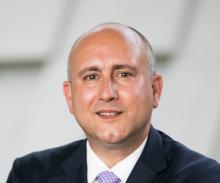The combined market capitalization of the six Gulf Cooperation Council (GCC) countries is $4 tn. And with their earnings commanding investor attention amid a global maelstrom, companies in the Middle East are increasingly being compared with those in more developed markets. But are size and earnings of a high-enough quality to support an ambition to emerge from emerging market status?
The Gulf has been here before: as a succession of currency, energy and financial crises roiled the region in the first decade of the 21st century, a status upgrade for markets of ‘the Wild Middle East’ appeared wishful thinking. A few years later, in 2014, Qatar and the UAE ascended to emerging market status amid universal agreement. Saudi Arabia followed in 2019, and Kuwait in 2020.

Today, the prospect of reaching the next stage with a developed market classification may be more than wishful thinking. Just take a look at the evidence: among Saudi banks, Al Rajhi Bank has a larger market cap than Citigroup, the Saudi National Bank is worth more than three times as much as Barclays, and Alinma Bank is more valuable than Société Générale.
And Saudi Aramco, also listed on the Saudi exchange, is among the world’s largest companies and recently reported the biggest quarterly profit of any company. Ever.
Like so many other things in the region, the development of its companies and capital markets has happened at breakneck speed. Capital markets in the region were only formed in the 1990s. For most of the 1990s and 2000s, their light regulation in oil-dominated economies did not inspire confidence about the safety of assets and the sustainability of returns. The tendency to use PR in place of IR in messaging put many portfolio managers off, too. On the sell side, dealing with analysts was as uncommon as it was unfamiliar when companies went public.
Today, the region is unrecognizable. Market capitalization and liquidity are multiples of what they were just three years ago. And that has not happened by accident.
The government imperative
Guided by plans drawn up at the turn of the millennium for a future without hydrocarbon revenue, governments in the Middle East worked hard to establish channels for the infrastructure finance they needed to accommodate their growing populations. Alongside privatization of state-held companies and increases in public borrowing, the new rules – and the stronger institutions they have created – are attracting sustainable flows of investment capital.
As a result, parts of the region have leapfrogged their developed market counterparts. Led by Saudi Aramco, a spate of IPOs and direct listings has seen capitalization of the Saudi Stock Exchange overtake that of markets in France, Germany and Switzerland, for example.

There is a growing belief that global index providers MSCI and FTSE Russell will need to start looking at the status of the region’s markets. Regulatory efforts have improved the quality of listings, which includes ensuring there is a more transparent, clear mechanism of communication and disclosure from the company to the investment community – and vice versa.
‘I think it will happen in the short term,’ says Ghida Obeid, head of IR at Spimaco Addwaeih and a former sell-side analyst, of a possible upgrade to developed market status.
As the capital markets have matured, so too has the role of IR. More than 200 IROs certified by the Middle East Investor Relations Association (MEIRA) now work in listed companies and this professionalization will have to continue if countries are to meet their long-term ambitions.
This is an extract of an article that was published in the Winter 2022 issue of IR Magazine. Click here to read the full article.










